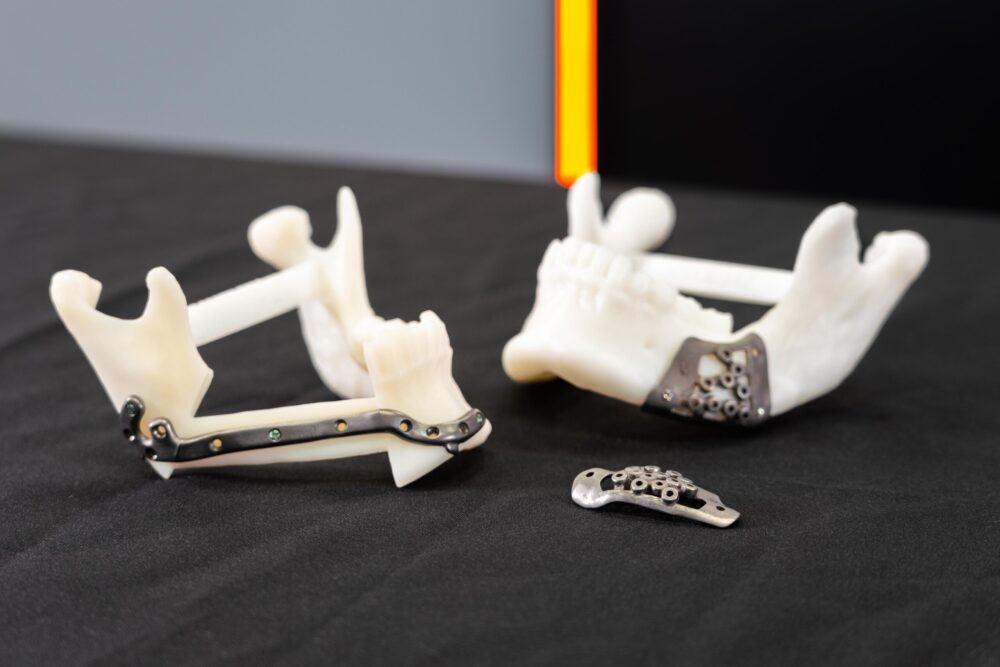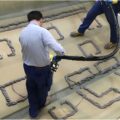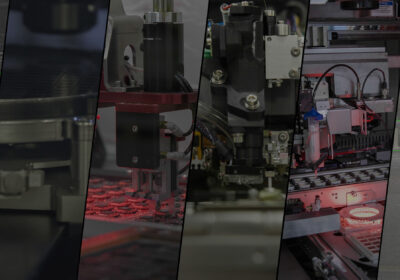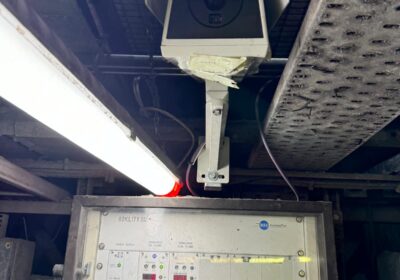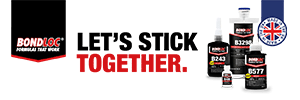In the 1970s, if a manufacturer explained that they planned to cut metal using water, they’d receive some concerned looks. Fast forward to today and many manufacturers use water jet cutters because of their capability to accurately cut a wide range of materials. Developing any production method from a new, experimental tool to a widely recognised process requires manufacturers to demonstrate how it will reliably deliver a product that meets the intended use. Here John Laureto, Business Manager at engineering technologies company Renishaw Inc., explores some key considerations when qualifying the metal additive manufacturing (AM) process in the medical industry.
The purpose of process qualification is to prove that a manufacturing process is safe, effective and delivers a product that meets the intended use. This is particularly important in medical applications where the product’s end user is a patient who will be impacted by the product and its function. Industry standards, such as ISO 13485, and regulatory bodies in different countries, such as the Food and Drug Administration (FDA) in the US or the Medical Device Regulation (MDR) in the EU, provide a framework for process qualification.
AM in the medical industry
Medical manufacturers were early adopters of AM to develop patient specific parts with complex geometries at low volume. As AM technology develops, more medical manufacturers are considering how they can now implement it into mass manufacturing.
Larger medical device manufacturers may already have validated processes for developing parts using other methods, such as casting or machining. In these instances, manufacturers can use their existing documentation as a starting point before looking at how to add AM into production. Manufacturers can also seek advice from experts in AM to understand the best way to ensure quality during this process, as well as for advice on how to manage it efficiently.
Inside the machine
Installation Qualification (IQ), Operation Qualification (OQ) and Process Qualification (PQ) are the three core protocols to demonstrate that the equipment has been correctly installed, operates in accordance with expectations and performs operations safely. IQ requires the system supplier and end user to verify that the equipment — in this case the AM system — has been installed and configured according to the manufacturer’s specifications. Machine calibration is key to ensuring the machine will perform as expected, and in AM this often requires four key checks. Firstly, the machine manufacturer will perform a power map test, looking at the integrity and output wattage of each laser in use. Engineers will then deploy a scan field correction, calibrating the positioning in X and Y axes of each laser across the build platform so that the beam path during manufacture is accurate. Beam focus and beam profile can also impact the build, so engineers will look at the beam’s shape, size and quality and adjust as necessary.
Once the system is fully calibrated, system suppliers will train medical device manufacturers on effective operation of the machine platform as a part of the OQ documentation. Additionally, builds provided by the system supplier are sometimes then manufactured and validated with empirical evidence, by mechanical testing or checking dimensional accuracy. This not only qualifies the machine platform, but confirms the raw material specification and performance. Upon determination that the machine has been installed correctly, via the key checks, and then verified empirically, the manufacturer can begin documenting the PQ, which may include manufacturing cycles with products specific to the relative application area, for example spinal, orthopaedic, and craniomaxillofacial parts. The PQ is the last step of the validation process to ensure operational stability over a period. Additionally, the machine platform will be operated under normal operational modes and also stressed at the extents of its capability to challenge functionality of the platform and resultant products.
Multi-laser systems
Depending on their needs, manufacturers can select either single or multi-laser metal AM systems. Renishaw’s RenAM 500Q Ultra system, for example, features four 500W lasers that all require validation, both independently and in combination. In this scenario the system supplier will advise on how to adapt test protocols, in OQ and PQ, so that manufacturers can see how the lasers interact across the build plate, as well as how to place multiple parts on the plate to ensure high integrity components conform to product specification.
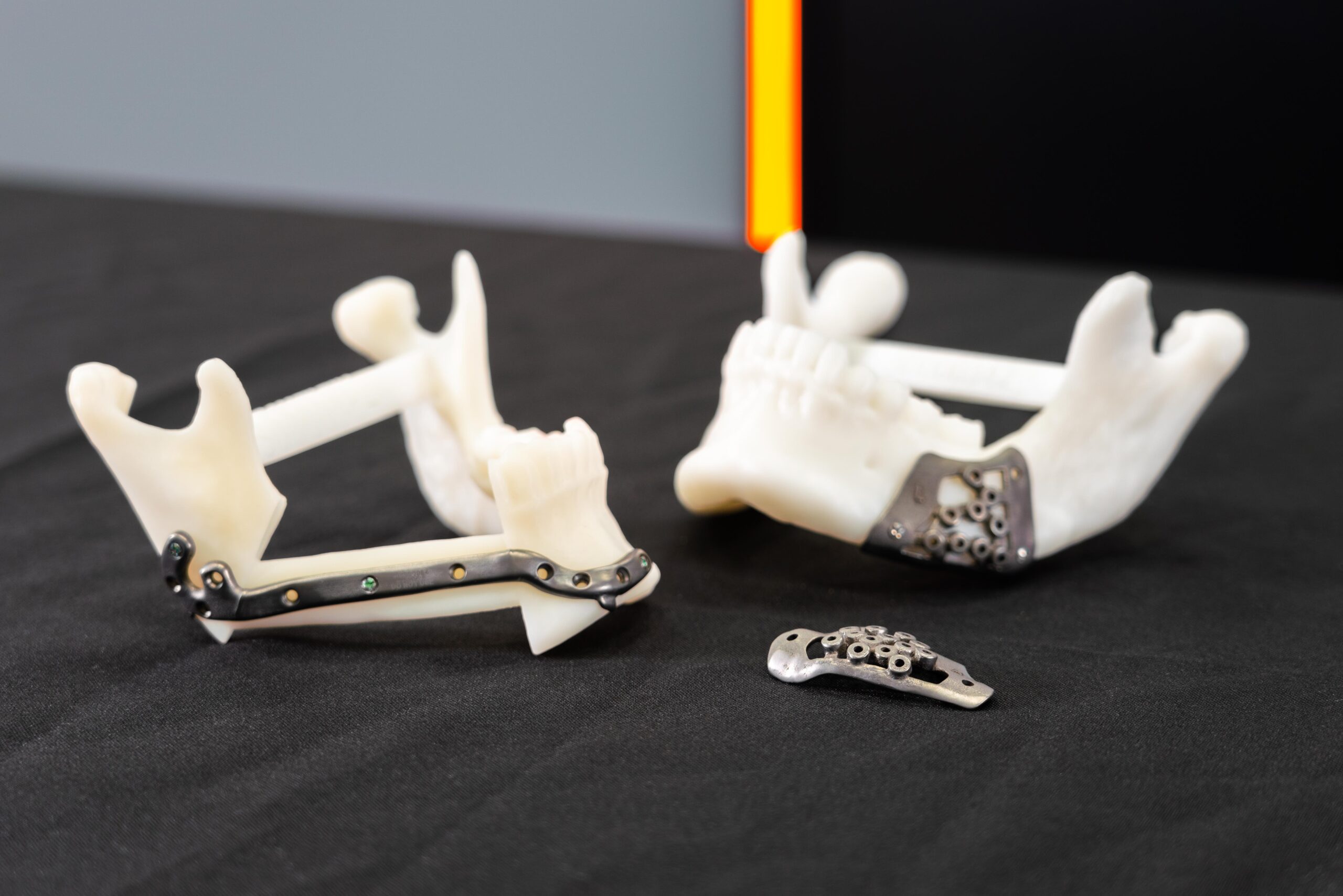
Barriers to qualification
Adopting any new process in a highly regulated industry has its challenges, especially when the technology is new. Historically, medical manufacturers have used AM to produce very specific parts, and the technical ownership and intellectual property (IP) of parts for orthopaedics, for example, prevents them from revealing everything during qualification. Over time we will see this change as more companies implement AM and the industry and regulatory agencies develop and agree on best practice for the manufacturing process.
Similar to casting or classical welding, the resultant microstructure in the parts produced using AM is dependent on the raw material feed stock, laser parameters (process variables) and part geometry. Thus, the necessity for a rigorous PQ as the bounds of this resultant microstructure must be fully understood for a particular product category. It is reasonable to expect the microstructure in the lattice structure of a spinal implant to vary to its similar material counterpart in a tibial tray for orthopaedic applications. Unlike casting and classical welding, AM is still developing the catalogue and design rules to provide built in confidence to the manufacturing process. When validating the AM process, parameters outside the machine will also influence the final part integrity. Medical device manufactures and system suppliers must work together closely to understand best practices for inert gases, consumable(s), service and preventative maintenance to ensure the longevity of the machine platform and production processes.
While medical device manufacturers may face challenges when qualifying the AM process initially, once a regulatory body grants authorisation, manufacturers have a working framework to use in the future. If there are any changes to part designs, they can adapt the original process more rapidly. Additionally, if manufacturers want to invest in additional AM systems, they may find that moving from one to multiple systems is easier than introducing the first system, especially when working with the same system provider.
Additive manufacturing is no longer just for research and development. Just as we’ve seen manufacturers embrace new technologies in the past, as we better understand AM and how to use it effectively, it will become easier to adopt the technology, validate the process and use it to mass produce quality parts that, ultimately, provide improved patient outcomes.
For further information on AM in the medical industry, visit www.renishaw.com/en/metal-3d-printing–32084.

